Key Takeaways
- Wasp nests vary in shape, size, and materials.
- Most wasp nests are made of chewed wood pulp.
- Paper wasps, hornets, and yellowjackets build distinct nests.
- Safe nest removal requires protective gear and insecticide.
- Prevent nests by sealing gaps and using natural repellents.
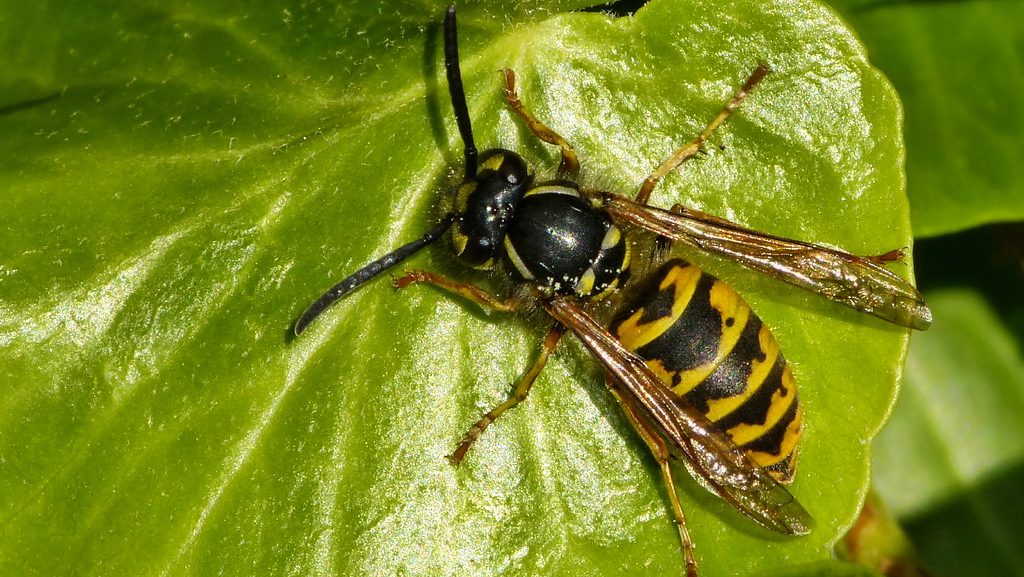
Understanding Wasp Nests: What You Need to Know
Wasp nests are a common sight during warmer months, but they can quickly become a source of concern when located near homes or high-traffic areas. Recognizing a wasp nest is essential for ensuring the safety of your household while understanding the role these insects play in nature. This guide provides detailed information on what a wasp nest looks like, what materials they are made of, and how to identify different types of wasp nests.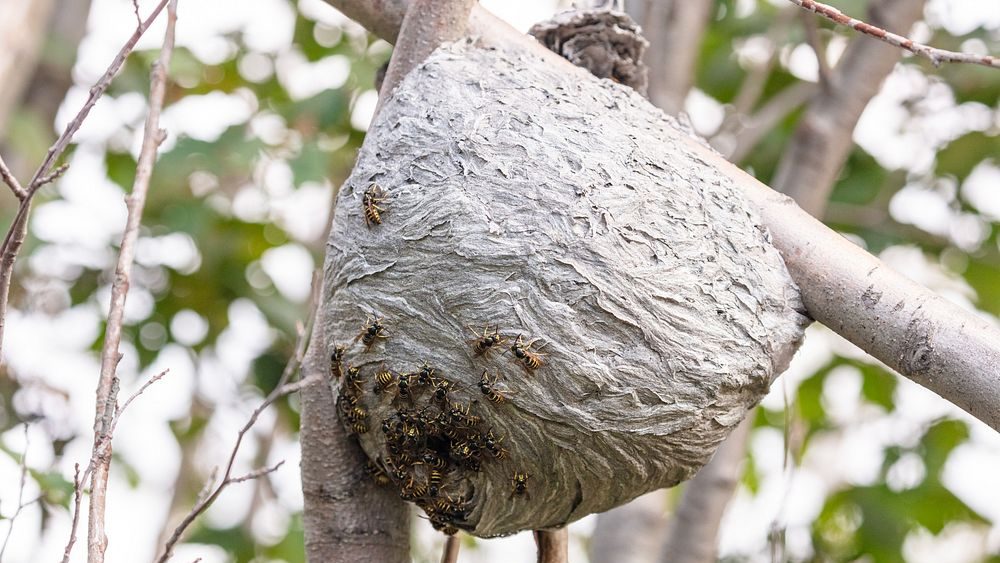

Not getting a solution?
Get your free pest control estimate today!What Does a Wasp Nest Look Like?
The appearance of wasp nests varies according to the species of wasp. Generally, they are constructed in a way that protects and provides a stable environment for the colony. Below are some common features:Characteristics of a Wasp Nest
-
Shape: Round or oval, resembling an upside-down umbrella or a honeycomb structure.
-
Size: Ranges from a few inches to several feet, depending on the species.
-
Location: Often found in sheltered areas like attics, eaves, tree branches, or underground.
-
Color: Grayish or brownish with a paper-like texture.
-
Cells: Hexagonal cells inside the nest house wasp larvae.
What Is a Wasp Nest Made Of?
Most wasp nests are made from chewed wood fibers mixed with saliva to create a paper-like material. This material is durable and weather-resistant, ideal for building layers and hexagonal cells.Types of Wasp Nest Materials
-
Paper-Like Material: Social wasps like paper wasps and yellowjackets use wood pulp and saliva.
-
Mud: Solitary wasps, such as mud daubers, construct nests using mud.
Types of Wasp Nests
Understanding the different types of wasp nests can help identify the species and assess the potential risk:Common Types of Wasp Nests
-
Paper Wasps: Build open, umbrella-shaped nests with exposed cells attached to horizontal surfaces like eaves or porch ceilings.
-
Yellow Jackets: Typically nest underground or in cavities, creating a small entrance to a paper-like nest.
-
Hornets: Build large, enclosed nests often found in trees or building exteriors, with a single entrance.
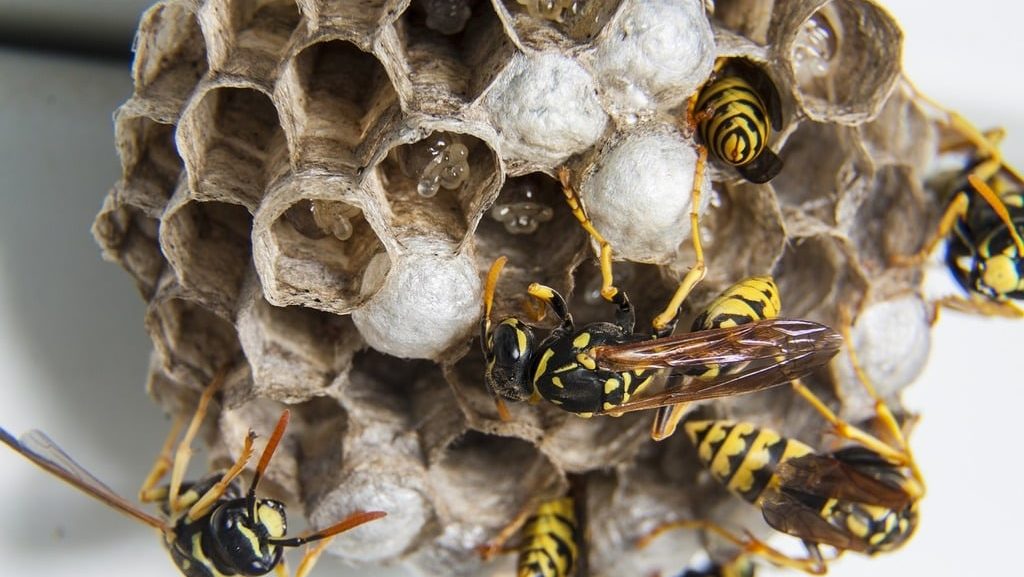
How to Spot a Wasp Nest
To identify a wasp nest, observe its location, shape, size, and construction material. Look for these signs:Signs of a Wasp Nest Nearby: Key Indicators You Should Not Ignore
Identifying a wasp nest early can prevent painful stings, allergic reactions, and damage to your home. Wasps are territorial insects that often build nests near human dwellings, making it essential to recognize their presence promptly. Below are detailed explanations of reliable signs indicating a nearby wasp nest. 1. Increased Wasp Activity Around a Specific Area One of the first noticeable signs of a nearby wasp nest is an unusual or sudden increase in wasp activity concentrated in a particular location. Wasps typically build nests in hidden or semi-hidden locations, but increased activity near entrances, roofs, gardens, or patios often signifies nesting close by.Why This Happens
-
Territorial Nature: Wasps often return to the same nesting areas during warm months, resulting in higher activity in that location.
-
Protection and Resource Gathering: Elevated wasp presence can signal nearby nests and aggressive behavior linked to food searches or nest defense.
- Frequent sightings of multiple wasps hovering around doors, windows, patios, or decks.
- Wasps consistently investigating or landing on certain structures like fences, siding, or garden sheds.
- Persistent clusters of wasps, particularly in late spring and summer, when nests are most active.
Why This Happens
-
Preferred Habitats: Wasps seek out sheltered, hidden spots like eaves, attics, sheds, and trees to protect their nests from threats and weather.
-
Nest Construction: Nests house the queen and larvae, allowing colonies to grow quickly—especially during summer.
- Papery, round, or umbrella-shaped nests suspended from eaves, rooflines, beams, or branches.
- Mud-like or paper structures tucked away in attic corners, garage ceilings, and garden sheds.
- Ground-level openings or tunnels, indicating underground nests built by specific wasp species like yellowjackets.
Why This Happens
-
Efficient Foraging: Wasps follow consistent flight paths to reach food sources like flowers, garbage, or outdoor meals efficiently.
-
Nest Proximity: Regular wasp traffic often means a nearby nest, helping identify its location.
- Regular traffic patterns of wasps traveling back and forth between specific points like trash bins, flower beds, or fruit trees.
- Wasps consistently entering or exiting small openings in building structures, walls, or under porch areas.
- Noticeable wasp presence along fences, walkways, or garden areas, especially at peak activity times (mid-morning to late afternoon).
Why This Happens
-
Nest Activity: Increased buzzing occurs as wasps move energetically within the nest, especially during warm, active daytime hours.
-
Alarm Response: Louder buzzing may signal a threat response, indicating defensive behavior and a higher risk of stings.
- Audible humming or buzzing noises coming from hidden areas such as wall cavities, attic spaces, garages, or garden bushes.
- Increased buzzing intensity during warmer weather or when people approach specific locations around your home or yard.
- Regular buzzing activity near doorways, windows, or outdoor structures where nests could be concealed.
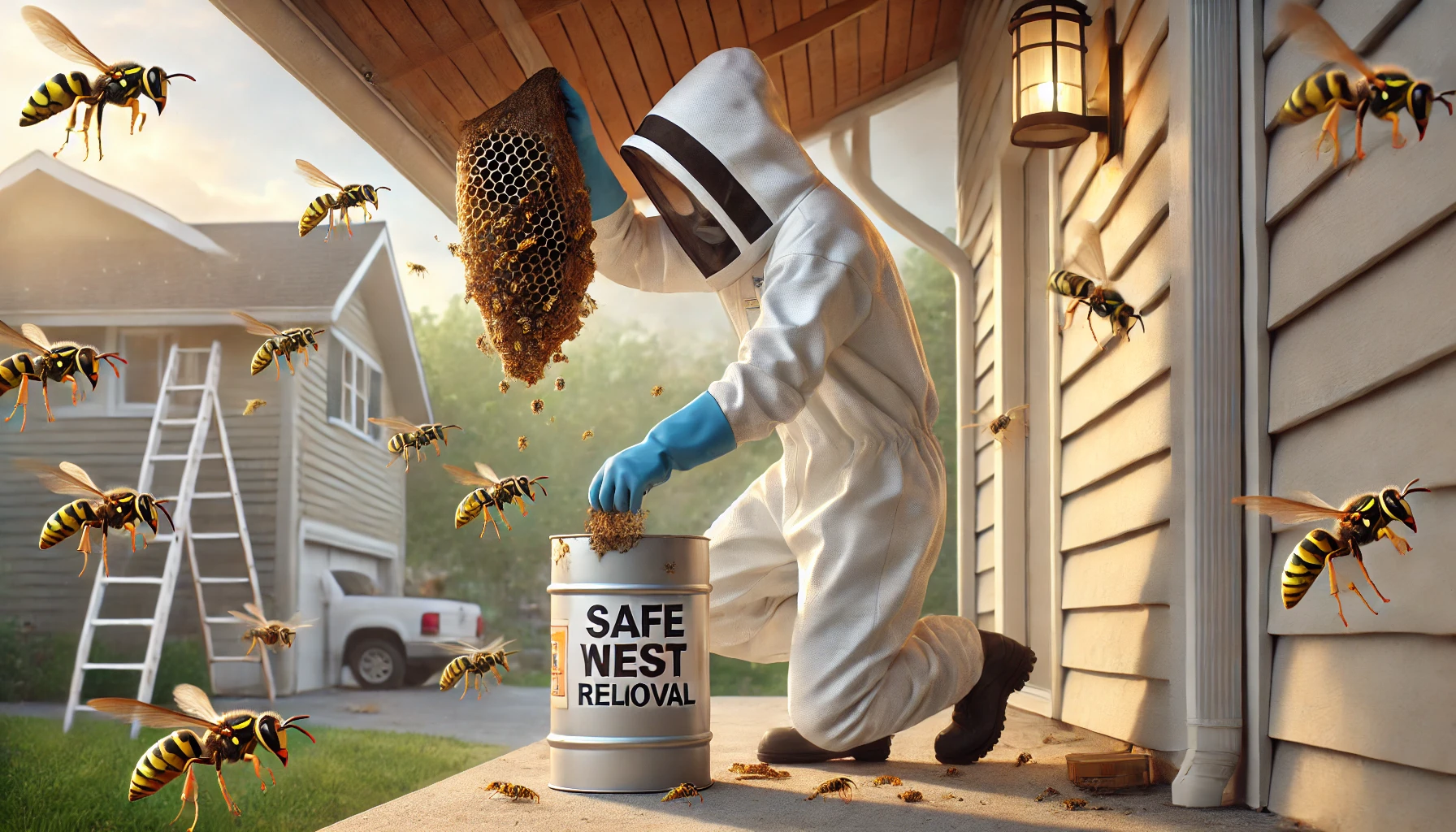
How to Remove a Wasp Nest Safely
Removing a wasp nest requires caution and the right approach to ensure safety. Follow these steps for safe removal:Steps to Remove a Wasp Nest
-
Evaluate the nest’s size, location, and activity level.
-
Attempt removal during early morning or evening when wasps are less active.
-
Wear protective clothing to prevent stings.
-
Use wasp insecticide to treat the nest thoroughly.
-
Wait 24 hours to ensure the nest is inactive before removal.
-
Seal openings and gaps to prevent future nests.
Myths and Facts About Wasp Nests
To clarify common misconceptions, here is a table highlighting myths and facts about wasp nests:| Myth | Fact |
|---|---|
| All wasp nests look the same. | Wasp nests vary in shape, size, and material based on species. |
| Wasps reuse old nests. | Most wasps do not reuse nests; they build new ones each season. |
| Destroying a nest at night is safe. | Wasps can still be active at night and may defend their nest. |
| Wasp nests are only found outdoors. | Some species, like yellowjackets, build nests indoors. |
| All wasps live in large colonies. | Solitary wasps, like mud daubers, build individual nests. |
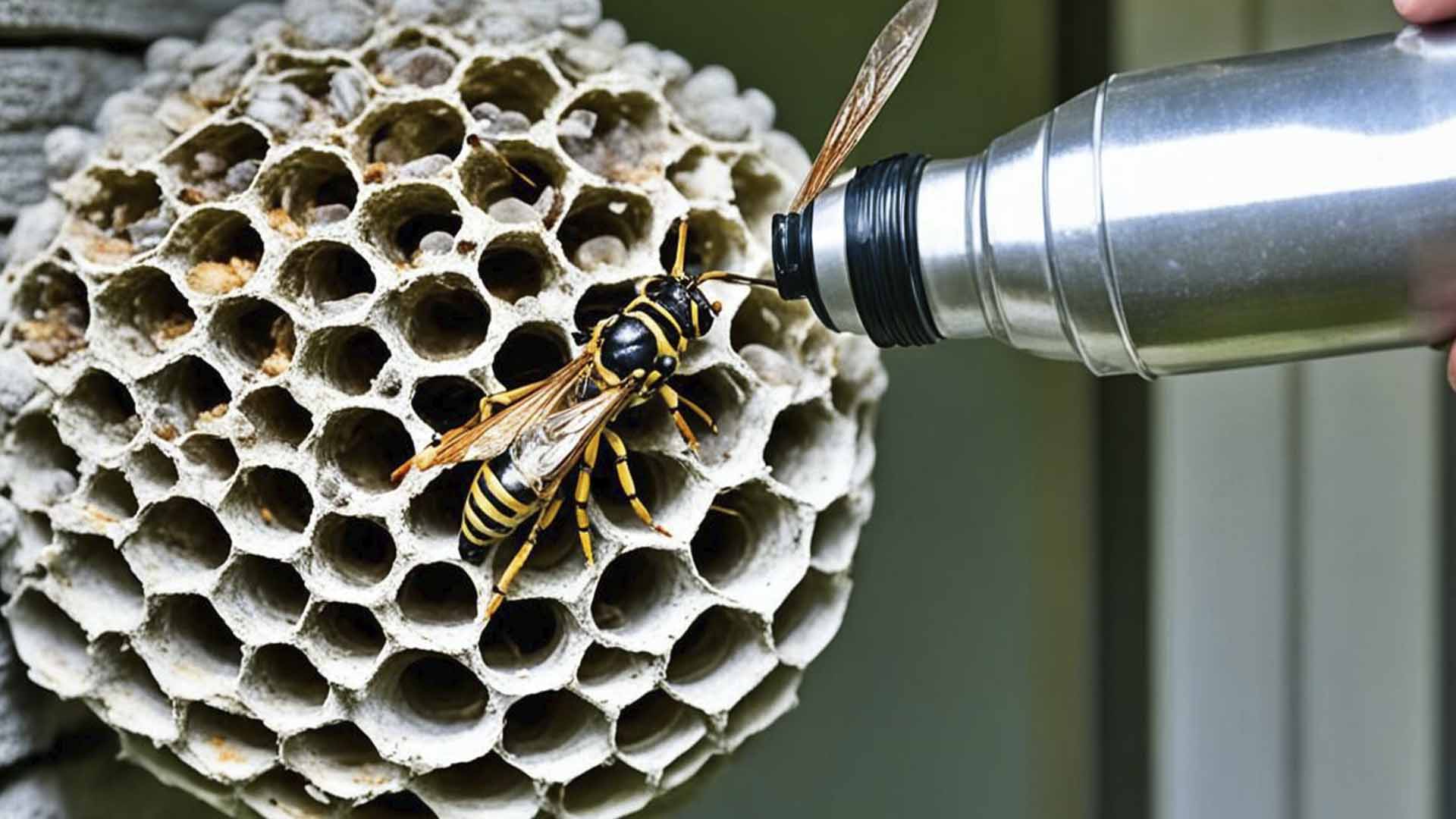
Why Choose Our Wasp Control Services?
With expertise in handling different species and Wasp Control Methods, we ensure your home remains wasp-free. Our professionals understand the best ways to target wasp infestations and other pest problems, providing long-lasting relief without compromising safety.Get A Risk-Free Estimate.





